U.S. Department of Transportation
Federal Highway Administration
1200 New Jersey Avenue, SE
Washington, DC 20590
202-366-4000
Federal Highway Administration Research and Technology
Coordinating, Developing, and Delivering Highway Transportation Innovations
| REPORT |
| This report is an archived publication and may contain dated technical, contact, and link information |
|
| Publication Number: FHWA-HRT-13-066 Date: August 2013 |
Publication Number: FHWA-HRT-13-066 Date: August 2013 |
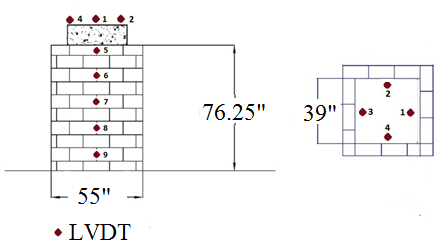
Figure 107. Illustration. Instrumentation layout for DC tests and TF-1.
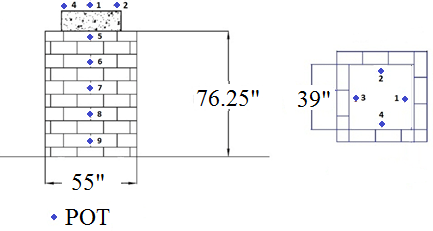
Figure 108. Illustration. Instrumentation layout for TF-2, TF-9.
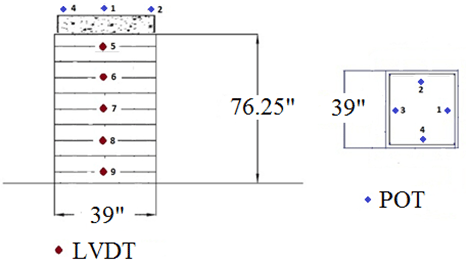
Figure 109. Illustration. Instrumentation layout for TF-3, TF-4.
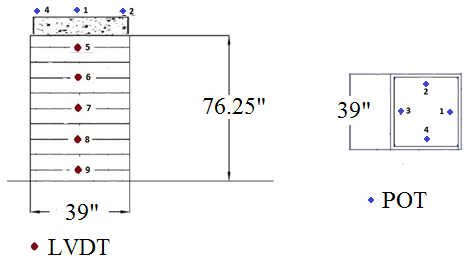
Figure 110. Illustration. Instrumentation layout for TF-5, TF-7.
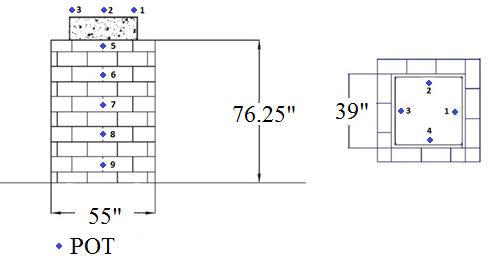
Figure 111. Instrumentation layout for TF-6, TF-12.
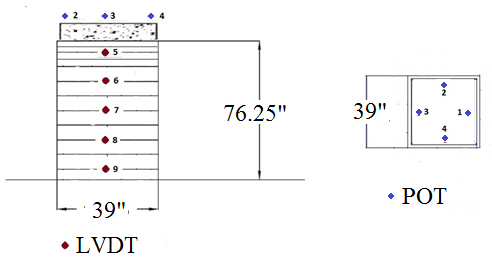
Figure 112. Illustration. Instrumentation layout for TF-8.
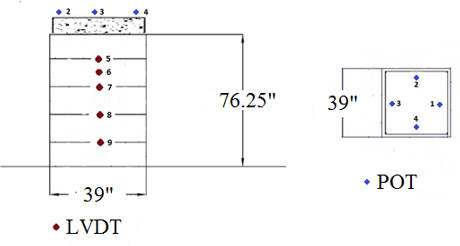
Figure 113. Illustration. Instrumentation layout for TF-10.
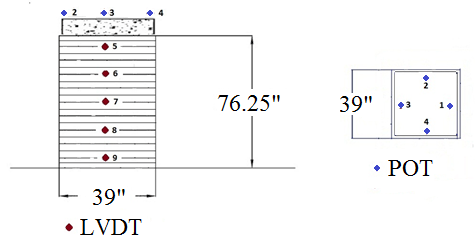
Figure 114. Illustration. Instrumentation layout for TF-13
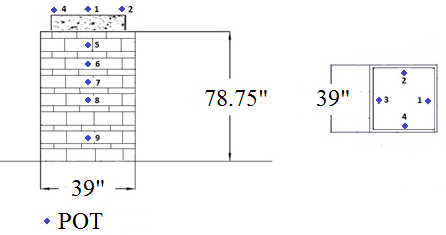
Figure 115. Illustration. Instrumentation layout for TF-14